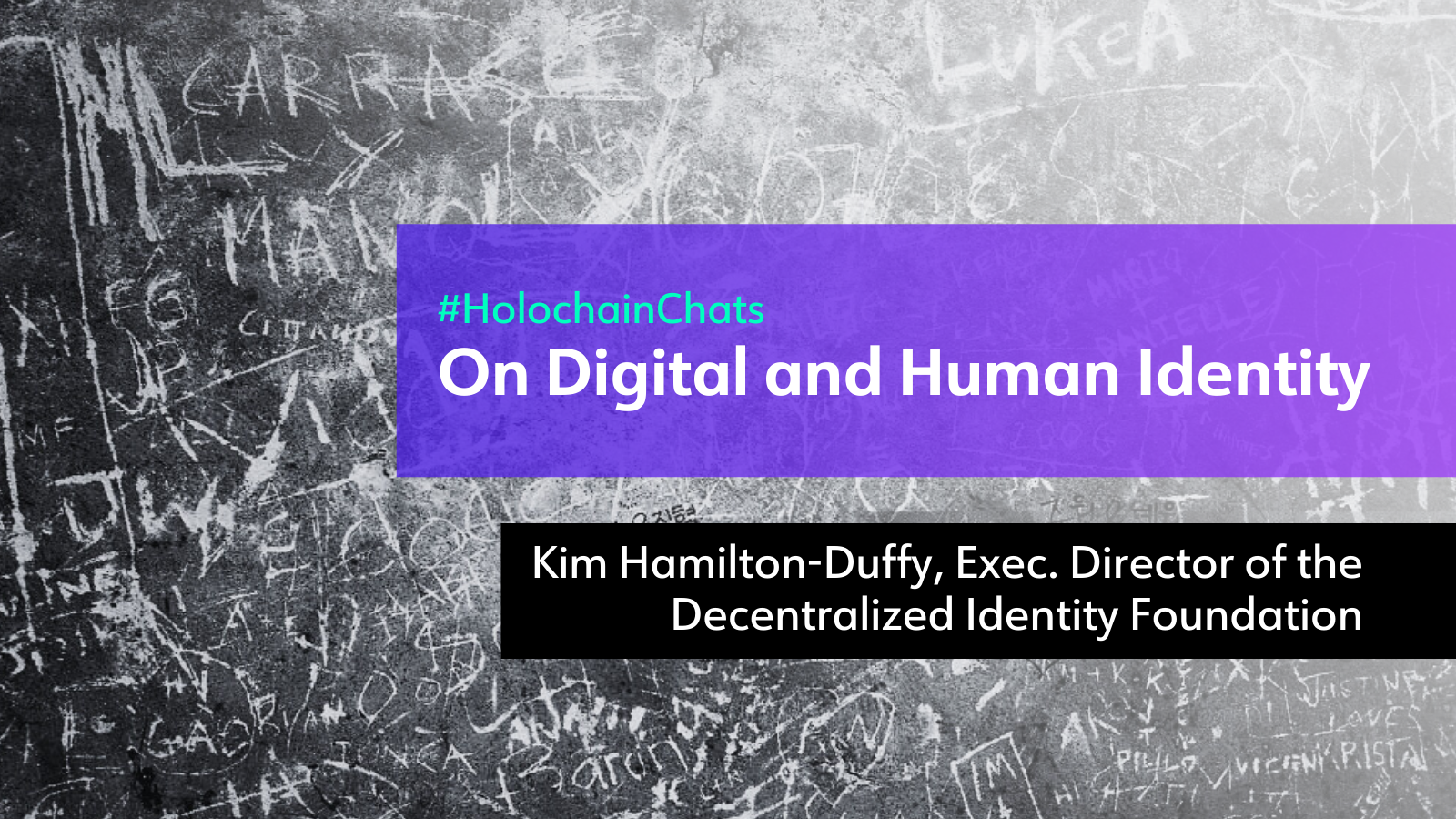The concept of identity has taken on newfound significance. As our lives become increasingly entwined with technology, the way we define, manage, and protect our identities has become a crucial concern for individuals, organizations, and governments alike.
To better understand the challenges and opportunities in this space, we spoke with Kim Duffy, the Executive Director of the Decentralized Identity Foundation.
At the heart of this conversation lies the delicate balance between privacy, security, and convenience — a trinity of competing priorities that shape the development and adoption of digital identity systems.
The stakes are high. In a world where personal data is often likened to the new oil, the consequences of mismanaged or compromised digital identities can be severe. From data breaches and identity theft to the erosion of privacy and the commodification of personal information, the risks are manifold.
Yet, so too are the opportunities. Advancements in decentralized technologies offer the potential for more secure, private, and user-centric identity management solutions.
Defining Identity in the Digital Landscape
People consider digital identity many different things. And it is. It often refers to the information that represents an individual in digital interactions, including usernames, email addresses, social media profiles, and biometric data. However, the scope of digital identity has expanded to include a much broader range of data points, from browsing histories to financial data. As Kim stated, "Identity, I think, to your point, is very large and amorphous."
The challenge lies in managing this vast array of personal information in a way that balances privacy, security, and convenience. Traditional centralized identity models, where user data is stored and controlled by a single entity, have proven vulnerable to data breaches and unauthorized access.
In contrast, decentralized identity solutions aim to give users greater control over their personal data, using cryptographic techniques to enable users to create and manage their own digital identities without intermediaries.
The Pitfalls of Traditional Digital Identity Models
The traditional approach to digital identity management has given rise to significant challenges and risks. One pressing concern is the lack of user control and consent over the collection, use, and sharing of personal data. As Kim noted, "We are still accustomed to this model where we share all our data for purposes of someone vetting us, but we're not afforded that in return."
This lack of control has led to the proliferation of data brokers and the commodification of personal information, often without the knowledge or consent of the individuals involved. Additionally, the centralization of user data has made digital identity systems an attractive target for hackers, with data breaches exposing millions of users' personal information to potential misuse.
Another pitfall is the erosion of privacy in the pursuit of convenience. Simplified login processes, such as social media authentication, can create a single point of failure and enable third parties to track user activity across different platforms.
Kim highlighted the risks, stating, "The text messages that you receive from ‘Wells Fargo’, or, you know, all of these things. One of our new members at DIF is focusing on the impact specifically to senior citizens. And if they can confuse people who work daily in technology, like my God, they're getting really good at deceiving us."
The limitations of traditional digital identity models have led to a growing recognition of the need for more secure, privacy-preserving, and user-centric approaches. Decentralized identity systems have emerged as a promising alternative, aiming to give users greater control over their personal data and reduce reliance on centralized authorities.
Balancing Privacy and Accountability in Decentralized Systems
As decentralized identity systems gain traction, it is crucial to strike a balance between privacy and accountability. With their public designs, blockchain-based identity systems also come with risks.
As Kim pointed out, "People have thought about the risks of having your activities on-chain for 20 years. Then, to hear people talk of them as a benefit, like one that I heard that Vitalik himself said was if criminal convictions were recorded on a blockchain — you can maybe use that as a negative reputation. It would make us crazy."
The key is to prioritize user agency and control over shared information, preventing the weaponization of personal data against individuals. Decentralized systems must be designed to empower users to selectively disclose their information, ensuring that their privacy is protected while still enabling necessary accountability.
As Kim emphasized, "Yes, we sometimes want or need personal information from people. But if everything is public on the blockchain, it isn't simply information or reputation — it can also be weaponized against people. We have to give agency to people over their identity and ensure that what they share isn't just some free-for-all where anyone with the most time or money can find it and use it against us."
Finding this balance requires a combination of thoughtful system design, robust privacy controls, and clear governance frameworks. By putting users at the center and prioritizing their needs, decentralized identity systems can pave the way for a more secure, private, and accountable digital future.
Decentralized Identity and the Path Forward
As we navigate the complex landscape of digital identity, it is clear that decentralized solutions will play a crucial role in shaping a more secure, private, and user-centric future. The emergence of technologies like Holochain, with its agent-centric, distributed architecture, offers a promising path forward for building decentralized identity management systems that prioritize user agency and control.
However, the success of these solutions will depend on our ability to strike the right balance between privacy, security, and convenience. It will require ongoing collaboration between technologists, policymakers, and industry leaders to ensure that the systems we build are not only technologically sound but also aligned with the needs and values of the individuals they serve.
The journey ahead may be complex, but with the right tools, mindset, and commitment to putting users first, we have the opportunity to redefine the way we manage and protect our digital identities. One that prioritizes the rights, needs, and aspirations of individuals in an increasingly connected world.



